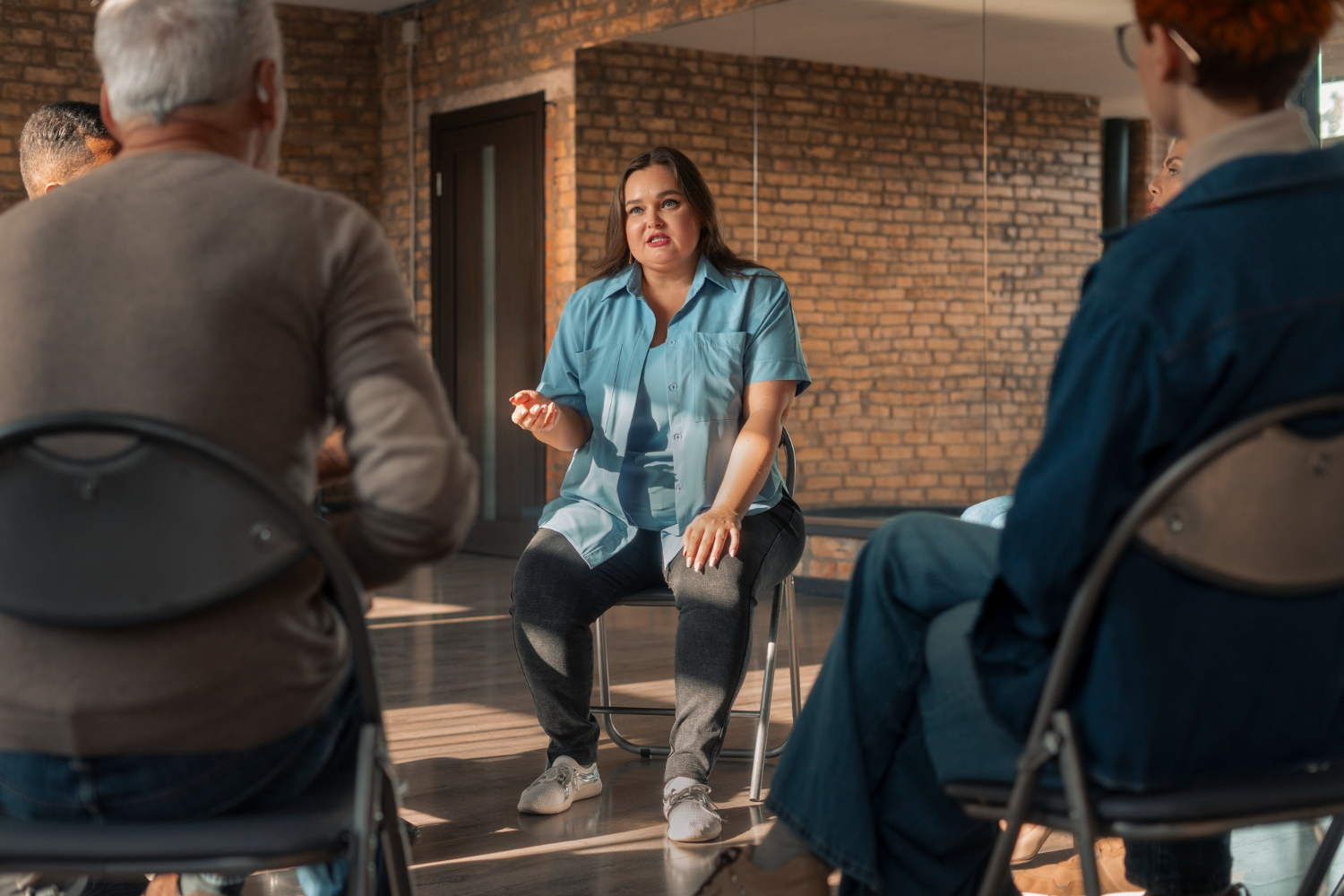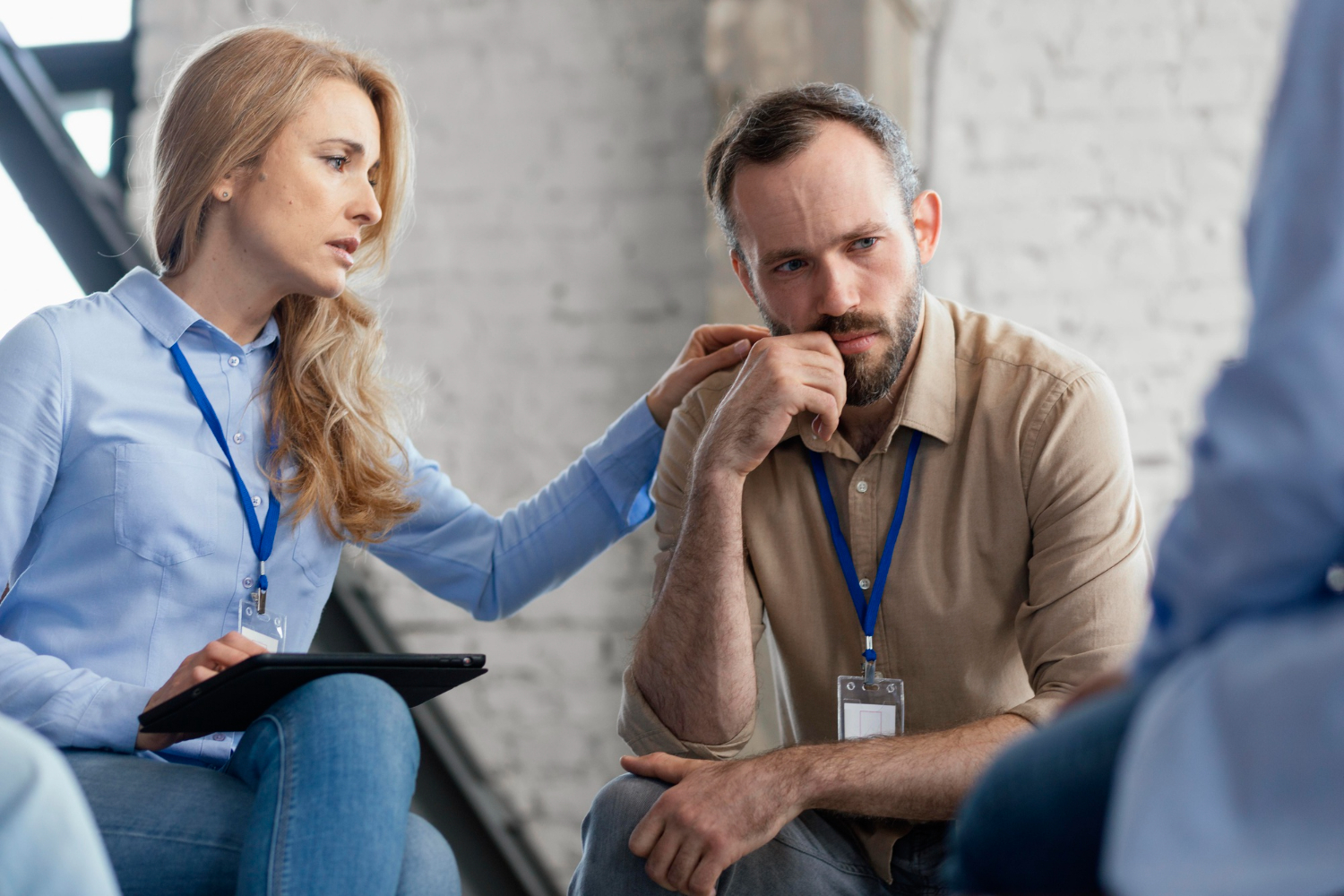What are Opioids?
Opioids or narcotics represent a group of psychoactive drugs that bind to opioid receptors in the nervous and the gastrointestinal system and produce morphine-like effects. The brain produces endorphins which have the same effects as opioids.
Doctors prescribe some of the opioids as legal painkillers to treat severe acute and chronic pain in patients suffering from cancer or recovering from surgeries and injuries. Other medical indications include suppression of diarrhea, cough, and opioid overdose. Opioid use comes with several risks and side effects, and consumption without prescription is illegal and brings the risk of addiction.
Types of Opioids
Opioids come from the opium poppy plant or are synthesized in special conditions. People take these drugs by ingesting, intravenous or in a patch which allows the drug to be absorbed through the skin surface. There are three types of opioids:
1. natural opioids: morphine, thebaine, and codeine
2. semi-synthetic: made from natural opioids: heroin, oxycodone, hydrocodone
3. synthetic: made from non-opioid substances: methadone, tramadol, and fentanyl
Opioids vs. Opiates
These terms are used in what would seem the same way. However, there is a difference in the origin of the drug.
-
Opiate is a natural substance that comes from the opium poppy plant. Opium contains morphine and codeine which are representatives of opiates.
-
Opioids have the same binding mechanism as opiates, but they are semi- or completely synthetic. Opioids have stronger addictive effects than opiates.
Not all opioids are legally available; prescriptions are strictly regulated and controlled. The heroine is one of the non-prescriptive opioids, more known as an intravenous street drug.
Side Effects of Opioids
The role of opioids in the long-term therapy of chronic pain is controversial for many reasons. These painkillers are associated with serious side effects and complications. Clinical studies have shown that long-term opioid therapy leads to physical dependence. Between 60% and 80% of patients experience at least one side effect from chronic opioid administration.
Common side effects of opioid therapy affect a wide number of organ systems, causing sedation, dizziness, respiratory depression, nausea, constipation, vomiting, hormonal dysfunction, muscle rigidity, and physical dependence.
Opioids cause respiratory depression and decreased central respiratory drive. Self-medication and inadequate dosing may cause physical dependence, addiction, and inadequate pain management. Constipation and vomiting have a very high incidence. It is complicated to manage those side effects without therapy discontinuation or switching opioids.
What is Opioid Addiction?
Opioid addiction is a chronic disease that causes health, social, and economic degradation. It is characterized as a strong, compulsive need for opioids, even when there are no medical indications for their administration. Unfortunately, opioids have a high potential for causing addiction even when the therapy is used as prescribed. After opioids intake, addicts feel euphoria and reduced pain.
Medical associations show concern for opioid misuse and, consequently, heroin abuse. About 75% of people who use heroin first misused prescription opioids. Addicts prioritize getting these drugs over their private and professional lives.
Opioids change the structure of the brain. By the time they cause tolerance, the dose must be increased to achieve the same effect. Even under controlled conditions, some people become dependent and are more likely to experience a compulsive desire for narcotics.
Opioid Overdose Symptoms
Excessive drug intake causes an opioid overdose. There is always a risk of overdosing if someone has a drug dependence, problems with alcohol addiction, intravenous drug abuse, emotional or social problems.
Signs of overdose include nausea or vomiting, high body temperature, respiratory depression, reduced breathing, cyanosis, dilated pupils, agitation, confusion, unconsciousness. The presence of a few of these symptoms can indicate that the person is experiencing an overdose crisis.
If you recognize a potential opioid overdose, don’t hesitate to seek emergency help. If you are helping someone who is showing the aforementioned symptoms, ensure your own safety since opioids can cause aggressive behavior in the person taking them. Try to get a response from the unconscious person and provide airway. If you are qualified, provide CPR.
Opioid Withdrawal Symptoms
When a person stops or cuts back on opioids after long-term use, withdrawal symptoms become visible. In this case, the body needs time to recover. Withdrawal symptoms from opioids start within 12 hours of last heroin usage and include gastrointestinal irritability, vomiting, diarrhea, sweating, and anxiety.
Opioid Treatment with Medications
Medications of choice in opioid treatment are methadone, buprenorphine, and naltrexone.
Methadone is a synthetic opioid agonist that can prevent withdrawal symptoms. Methadone maintenance program has a long history of use in the treatment of opioid addiction, and it’s taken orally.
Buprenorphine acts as a partial agonist at opioid receptors because it doesn’t cause the euphoria as opioids do. Buprenorphine has a low risk of overdose and has the potential for reducing withdrawal symptoms. It is available as a subdermal implant, injection, and in combination with the drug naloxone. Naloxone is an antagonist of opioid receptors.
Naltrexone belongs to a group of synthetic drugs known as opioid antagonists. It has been used for many years in the management of opioid overdose and addiction. The use of naltrexone will lower tolerance to heroin. If a person uses heroin at the same time with an antagonist, there is a high risk of a heroin overdose. Naltrexone is a drug of choice for highly motivated patients. It has to be administered only once a month, which makes opioid treatment easier.
Medical treatment combined with psychological counseling gives better results in opioid treatment. Family and societal support help patients start a new life. Feel free to contact us for more information about opioid addiction treatment in our rehabilitation center at 888.549.4037.





